A light-emitting diode (LED) is a semiconductor element that emits light when a current current passes. This is due to the combination of electrons and holes within the semiconductor material, which in light. LED can be seen as a small lamp bead, easily installed in the circuit. Compared to incandescent lamps, the LED does not fred, uses low energy, and produces no lot of heat. They rely on the movement of electrons in semiconductor materials to emit light and have a service life comparable to a standard transistor. The LED lives thousands of hours longer than incandescent lamps, so it has a higher cost performance. There are three main types of LED: DIP LED, SMD LED, and COB LED.
DIP LED (Double-row linear package) is a common type of LED, whose chip is located in a rigid plastic spherical head, with two straight parallel connection pins. Although this design is still used in some products, it has a low light attenuation and color rendering index and has a much lower efficiency than the new LED chips. However, with the continuous development of LED technology, there are already more advanced LED chip designs suitable for domestic, commercial and industrial use.
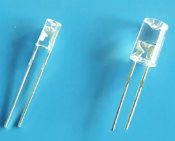
The COB LED (On-board chip) is an LED design that attaches multiple chips (typically nine or more) to aluminum substrates and packages them as lighting modules. This design takes less space and has the greatest light potential. The COB technology eliminates the bracket, electroplating, reflux welding, and assembly process, thus reducing the process by nearly a third and reducing the cost by a third. COB lights are often found in high-brightness lights and track lights, and are also used in street lights, parking lots and outdoor facilities that require large area lighting.
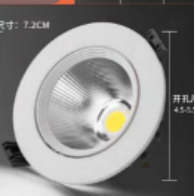
SMD LED (Surface mounting device) is an important development direction after DIP LED. Compared with conventional LED, SMD produces higher light output and lower energy consumption. Compared to DIP LED, SMD has a smaller, flatter design, longer service life, energy consumption reduction of up to 75%, and lower maintenance costs.
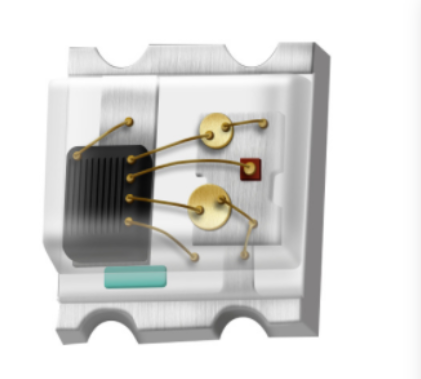
According to the chronological order, we can introduce the SMD LED chip in turn: 3528-3014-5050-5630-3030-2835-3535. 3528 SMD size 3.52.81.9mm and can usually be found on 12 vLED bars.3014 SMD is 3.01.40.8mm, so more LED can be installed on a PCB board of a certain length. The 5050 SMD is of size 5.05.01.6mm, larger than the 3528 SMD, and can be used as a "four LED". The 5630 SMD measures 5.63.00.9mm and features high brightness, uniform illumination, small light efficiency and long life compared to the 5050 SMD. The 3030 SMD size of 3.03.00.52mm, is a low-power, wide-angle lamp bead. The 2835 SMD measures 2.83.80.8mm and has the same circuit board as the 3528 and is widely used.
When designing LED lamps, we need to pay attention to the utilization rate of LED chips. If the LED bead works 100% more efficiently, its service life will be greatly reduced. Therefore, when designing the lamps, we insist on only using 60% of the LED chip, which is beneficial to ensure the quality and life of the whole lamps.
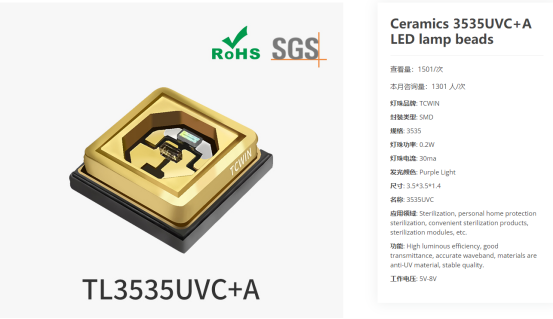
What can an LED chip determine?
LED chips can determine the color reduction index (CRI), color temperature (CCT), luminescence efficiency, junction temperature, lumen maintenance rate, color consistency, and spectral power distribution.
What is the color reduction index (CRI)?
Color reduction index (CRI) is the index to evaluate the color reduction effect of LED lamps on the object. In simple terms, the CRI measures how well the LED light simulates sunlight. A CRI of 100 represents a color reduction of 100%, just like the color of an object in sunlight. Therefore, the higher the CRI, the better the color effect; the lower the CRI, the worse the color effect.
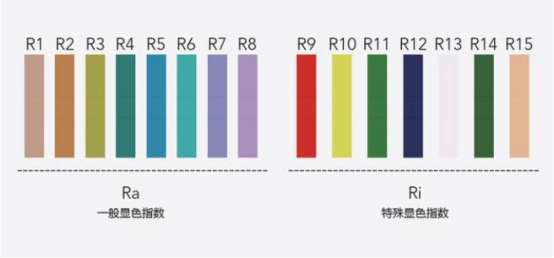
What is the color temperature (CCT)?
Color temperature (CCT) is a measure of the yellow or blue light emitted by LED lamps. The CCT is measured in Kelvin (K) units, with a common range from 2200K to 6500K. The color temperature of the warm light source (yellow) is lower (2200-3000K), while the color temperature of the cold light source (blue) is higher (5000-6500K).
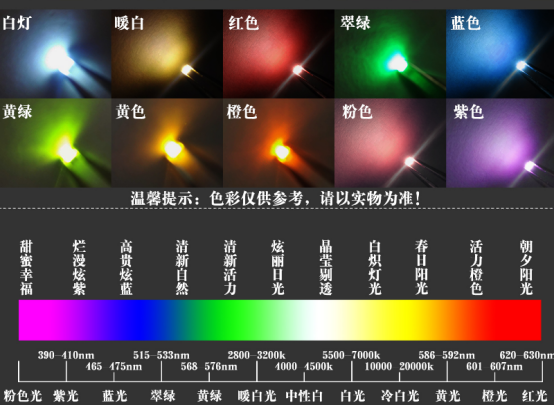
What is knot temperature?
The junction temperature refers to the temperature transmitted to the substrate by the chip after contacting the substrate. If the junction temperature increases, the LED efficiency will decrease. Therefore, understanding the maximum and minimum junction temperature of LED and controlling the junction temperature within the specified range through reasonable heat dissipation is crucial to ensure the optical output quality and design range. For example, the maximum ambient temperature of the lamp bead is 105 C. When designing lamps, the junction temperature should be controlled at 45 C ambient temperature to about 85 C to ensure the life of LED.
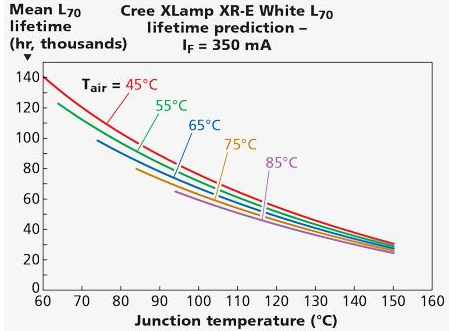
What is the lumens maintenance rate?
lumen maintenance is an indicator to assessing the decrease in LED luminescence efficiency over time. For the LED light source, the LM-70 defines the lumen maintenance life, representing the running time in hours at reaching the specified lumen decay or lumen maintenance rate. In other words, the LED must maintain 70% of the initial lumen value for its nominal lifetime. For example, for an LED with a lifetime of 50,000 hours, the lumen value is only 70% of the initial lumen value after 50,000 hours of use. There are many methods to detect lumen maintenance rates, such as L79, L80, L90, and TM21.
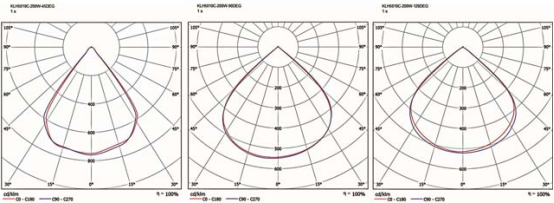
What is color consistency?
Color consistency is the average amount of color variation assessed of the same set of LED chip samples under the same lamp. In other words, the light emitted by the same batch of LED beads with the same color temperature (3000K) should look the same. If one chip looks warm and the other looks cold, the more complex the physics and chemistry of the light source, the more difficult it is to produce consistent color properties.
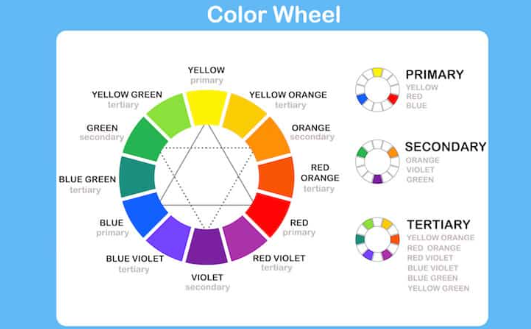
What is the spectral power Distribution (SPD)?
White light consists of a spectrum of colors with a wavelength range from 380nm (purple) to 760nm (red). The spectral power distribution (SPD) shows the radiation power of the light source at each wavelength or band in the visible spectrum.
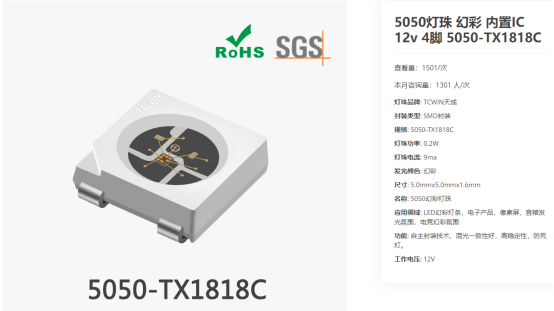
Which LED chip is used for TCWIN lighting?
1. 2835 chip: suitable for LED high overhead lamp, LED lamp tube, LED three-proof lamp, LED linear lamp
2. 3030 chip: suitable for LED street lamp, LED parking garage and area lamp, LED wall lamp, LED floodlight, LED high overhead lamp, LED solar lamp, LED growth lamp
3. 3535 Chip: Suitable for LED stadium lights
conclusion
After understanding LED chips, you will have a deeper understanding of what LED is and how to choose and judge LED chips. Choose the right LED chip, lamps can get better quality and longer life.
As a manufacturer with more than ten years of experience in production and sales, TCWIN Lighting is always committed to providing customers with the most suitable LED lighting or LED lighting solutions. Feel free to contact us if you need a service.
I hope this article will give you a deeper understanding of Comprehensive knowledge about LED. I am your editor from TCWIN, guiding you on the road to lighting.
![]() pkgled
LEDSMDBEADS
release time:2023-12-04 17:30:54
Reading volume:1
pkgled
LEDSMDBEADS
release time:2023-12-04 17:30:54
Reading volume:1









